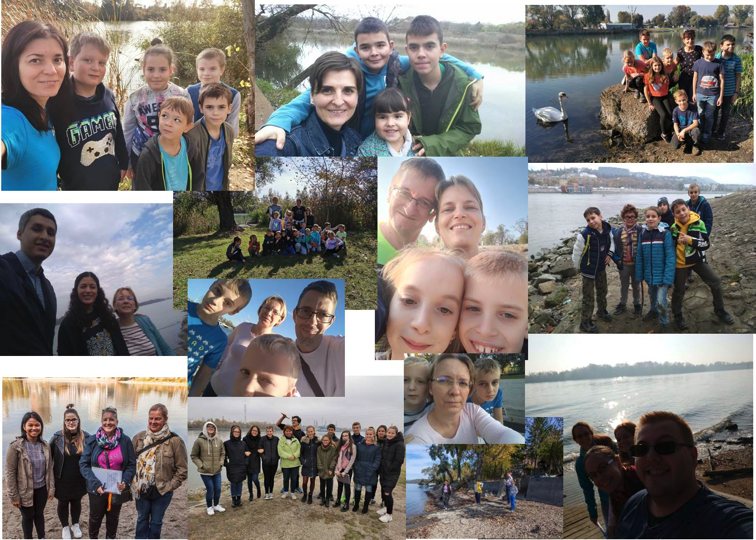The mission of the Bay Zoltán Science Shop is to bring research closer to the community. Involving citizens in scientific activities is a good way to achieve our aim.
Water is the most important element of our life. We all want clear water and all care about its quality. Hungarians are very proud of their water supply and the quality of drinking water. When we heard about the Drinkable Rivers initiative, we were keen to participate.
Drinkable Rivers was initiated by Li An Phoa, who walked along the Meuse and measured its quality together with 500+ local citizens in 2018. In 2019, she and her colleagues at TU Delft and Wageningen University decided to build a community of people measuring as many rivers in Europe as possible. There was an open call for hubs if they wanted to join. That’s how Bay Zoltan Science Shop became a hub for Drinkable Rivers in Hungary.
Why did we join? We loved the enthusiasm of the involved colleagues, the idea behind the initiative and the message of the research. As a new Science Shop we were also interested in the citizen science aspect of the initiative.
We decided to measure the quality of the Danube. The announcement was promoted between our own colleagues, on Facebook and on our institutional website. Initially, different groups within Bay Zoltan Research Institute decided to participate and use the measurements as team-building activity. This was followed by the participation of a number of different school groups, enthusiastic families as well as fishermen. Over 100 people participated in the initiative, a number that is still growing. Different factors were examined: pH, temperature, chloride-, nitrate-, nitrite- and phosphate content, E. coli presence, electric conductivity and clarity. Twenty-one data sets have been submitted to date with the data being analysed by students at University College Roosevelt in the Netherlands.
Results show that the water quality is surprisingly good, and we could not detect any significant difference between the sur–Budapest, in-Budapest and sub-Budapest data. The only exception was a small side-stream, the Rákos-creek, which provided significantly different data.
When the measurements were done with school groups, we took the opportunity to talk to the pupils about the Danube, water pollution and the different factors that were being examined. They were very enthusiastic, enjoyed being “citizen scientists” for a while, and were eager to do the measurements by themselves.


